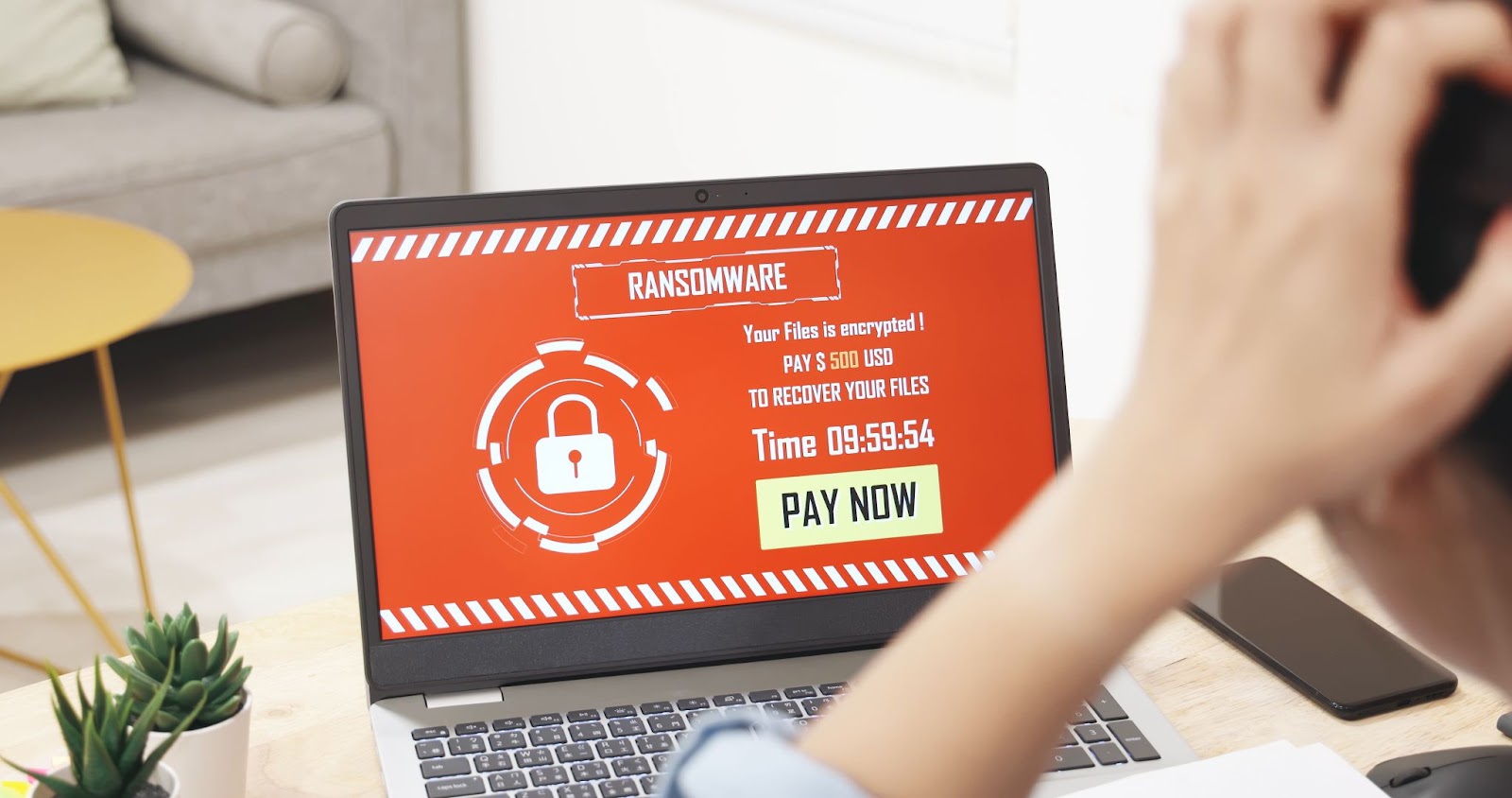In an increasingly digitally connected world, the scale of cyber threat has escalated significantly. In this landscape, threatware has emerged as one of the most prevalent methods of attack for cybercriminals across the globe. The definition of threatware is wide ranging, but this article will shed light on the topic, examining its potential threats, famous examples and prevention methods.
What is threatware?
Threatware is a wide-ranging term that refers to various different types of malicious software that has been build to compromise computer systems, networks and devices. It can be used interchangeably with the term “malware” and encapsulates a range of harmful programs including viruses, trojans, spyware and rootkits.
How does threatware work?
A variety of deceptive methods are used to spread threatware across numerous systems and networks. Once installed, it can provide unauthorized access to hackers, allowing them to streal data, disrupt operations and carry out a whole host of other nefarious activities. Here are just a few of the common ways in which threatware can spread:
- Phishing emails: Cybercriminals often send emails that seem as though they have been sent by a trusted source. However, this is often cleverly masked so that the user is unaware that they are clicking malicious links or downloading harmful attachments.
- Malicious websites: Threatware can be downloading when the user unwittingly visits a fraudulent website.
- Bundled software: Threatware can sneak onto a device amongst a host of other applications while the user believes that they are downloading seemingly legitimate software from untrustworthy sources or file sharing websites.
- Removable devices: Infected external hard drives or disks have the capability to transfer threatware to the device in which they are inserted to.
- Browser extensions and pop ups: Although less common, users can sometimes install malicious browser extensions via deceptive pop ups.
- Manual installation: Another method that is less common and potentially more scary, is when cybercriminals posing as technicians or IT support manually install threatware onto a device.
Once threatware makes its way on to your device, it can wreak havoc in many different ways, including:
- Stealing data: The theft of persona data, such as credit card information, sensitive documents and important passwords are common.
- Creation of backdoors: Threatware will often establish backdoors which allow for remote access. This means that attackers are able to remotely control your device from anywhere in the world.
- Activity monitoring: This includes the logging of keystrokes, capturing of screenshots and general tracking of user activity.
- Replicate and spread: Threatware will almost always attempt to infect other systems through network file shares or sending malicious messages via email or instant messaging services.
How to detect threatware
While threatware can often be challenging to detect, there are a number of common features that provide some indication that your device may be compromised. These include:
- Unusual pop ups
- Files being unwittingly deleted
- Security settings changing on their own
- Overheating of your computer
- Programs unexpectedly closing
- Unauthorized programs being installed
- Decrease in storage space
- Slow processing speeds
- Regular freezing or crashing
What are the different types of threatware?
The landscape of threatware is constantly evolving as a result of the innovative and relentless nature of cybercriminality and a need to stay ahead of the curve. This makes understanding the various types of threatware all the more important. Here are a few of the most common types of threatware that you may encounter:
Ransomware
Ransomware works to encrypt sensitive and important files on the victim’s device before demanding a ransom, usually in cryptocurrency, for the decryption key. Victims will typically be threatened with a deletion or release of the files, depending on their nature, unless they pay the ransom. That said, there can be no guarantee that the hacker will stick to their word!
Spyware
Spyware is one of the more deceptive types of threatware. It works by unwittingly running in the background of the victim’s device, collecting sensitive information over time that includes login credentials, browsing history and financial details.
Trojans
Trojans disguise themselves as legitimate software in order to deceive users into installing them on their device. Once the user has made this mistake, they can cause all manner of damage to the victim, including data theft, activity monitoring or the download of further threatware. Trojans typically spread through email attachments, malicious websites or deceptive software installations.
Worms
Worms do not require user interaction in order to spread. They autonomously self-replicate by exploiting vulnerabilities in operating systems, allowing them to continuously spread. They can cause network congestion, steal data and install additional malware.
Rootkits
Rootkits are a longer-term type of threatware. They are built so that they can lie unnoticed within the user’s system, providing constant access to the hacker. This allows them to modify system files and processes that help them to avoid detection. Rootkits can be installed through phishing emails, deceptive links or physical access to the device in question.
Keyloggers
Similar to rootkits, keyloggers are designed to avoid detection and track every keystroke made on the victim’s device. These keystrokes will then be relayed to the hacker, allowing them to decipher your every move. Similarly, they are installed through malicious downloads, email attachments and deceptive websites.
Famous examples of threatware
Threatware can cause enormous damage to both businesses and individuals, ranging from financial loss to reputational harm. Here are just a few well known examples of threatware:
- WannaCry: In 2017, the threatware known as WannaCry caused devastation to organizations throughout the world, causing operational difficulties to the likes of the UK’s National Health Service, DeEx and Telefonica. Spreading via email attachments and an unpatched vulnerability in Windows XP, it affected around 200,000 individuals and 10,000 organizations spanning 150 countries.
- Emotet: Emotet is one of the most famous examples of a trojan virus. First detected in 2014, the hackers involved targeted customers of German and Austrian banks with spam emails which contained a deceptive link. Once installed, it stole sensitive data and continued to spread aggressively across other computers sharing the same network.
- Petya: First detected in 2016, Petya spread via malicious links hidden in email attachments. Petya infects Windows machines by blocking the entire operating system and demanding a payment of approximately $300 to unlock. Since its inception, it is estimated to have caused a total of more than $10 billion in financial losses.
How to protect yourself from threatware
As this article has highlighted, the complex nature of today’s digital world combined with the myriad threats posed by cybercriminals, and threatware in particular, mean that it has never been more important to remain vigilant with your device and data. Here are a few tips to help you stay safe online:
Keep your device up to date
Regularly updating your operating system and applications is imperative. It always has been. Developers are regularly releasing updates that patch any vulnerabilities that have been identified and are open to exploitation from hackers.
Use unique and complex passwords
It feels as though we have hundreds of different online accounts in today’s world. Creating strong, unique passwords for each of these is a must. Combinations of letters, numbers and symbols will make any hacker’s life that bit harder. Always ensure that you avoid passwords easy to guess, such as those including names, addresses and birth dates. A password manager is often a useful tool in maintaining your array of unique, complex passwords.
Download robust antivirus software
Reputable and robust antivirus software is a non-negotiable nowadays. It provide a crucial additional layer of protection to any device. Ensure that the antivirus software that you opt for is regularly updated in order to detect and protect against the latest threats. Why not try SUPERAntiSpyware’s free trial, protecting yourself and your loved ones today.
Enable Two-Factor Authentication (2FA)
Enabling two-factor authentication (2FA) across applicable accounts adds an additional step to the login process, making it more difficult for any unauthorized users to gain access.
Regularly back up data
While you never know that the damage threatware may potentially cause, anything can happen to your device that could compromise our data at any time. Consequently, it is important to frequently back up data to an external hard drive or cloud storage.
Verify the sender
Ensure that you verify the sender’s identity through a secondary channel prior to opening any attachments or clicking any links.
Avoid public Wi-Fi (VPN if you do)
Always try to avoid connecting to public Wi-Fi networks, as these represent something of a digital wild west. Of course, there will be occasions where you are left without a choice, in which case you should always use a VPN (Virtual Private Network) to encrypt your internet connection first.
Stay abreast of cybersecurity news
Remaining informed about the latest cybersecurity threats and best practices is something that many will overlook. That said, with digital threat continuously on the rise, it has never been more important to stay up to date with the latest developments and tactics of cybercriminals. SUPERAntiSpyware’s blog provides vital insight into the world of cybersecurity and will leave you feeling much more confident about staying safe online.
Conclusion
As you have now learned from reading this article, the threat of threatware is very real. It can both spread and impact you in myriad ways, causing financial and reputational damage wherever it spreads. It has never been more important to remain vigilant in today’s online world.
Why not take the first step to safety and try SUPERAntiSpyware’s free trial today.
FAQs
What is the difference between threatware and malware? [+]
Malware is a type of threatware, so the terms are often used interchangeably as there is no discernible difference between the two. Malware it simply short for malicious software.
What is the difference between threatware and ransomware? [+]
In a similar sense, ransomware is a type of threatware and there is also little difference between the two. Ransomware locks down your computer and demands payment, often through cryptocurrency, for the decryption of your sensitive data that has been compromised.
What is the difference between threatware and spyware? [+]
Once again, spyware is a type of threatware. Spyware is more deceptive than ransomware, as it lurks in the background of your device, tracking all your digital activity.



